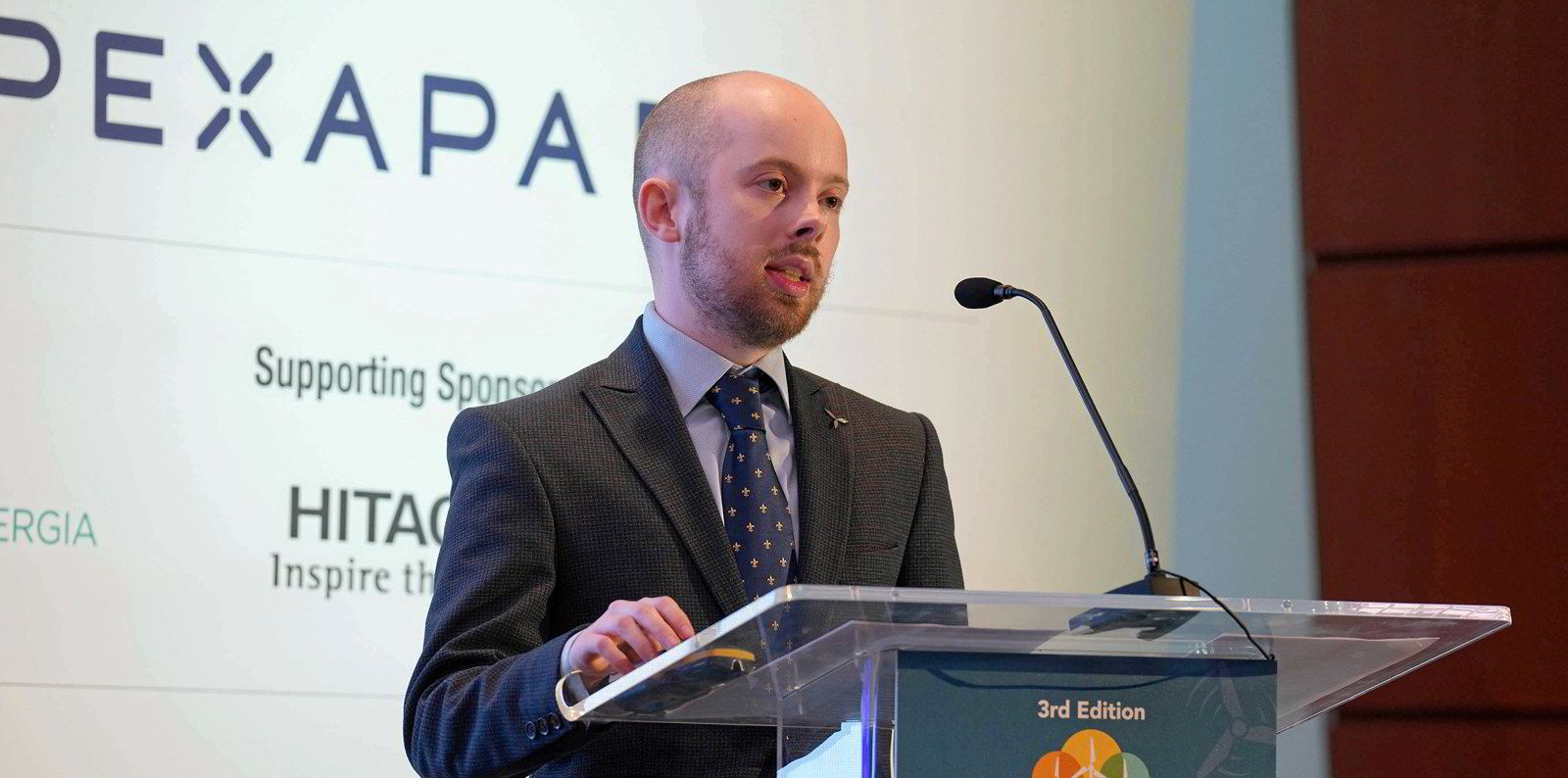Last year, the narrative of offshore wind shifted once more. After a decade when falling levelised cost of energy (LCOE) figures had given rise to an exciting sense of ‘pay less, get more’, 2023 was defined by industry retrenchment as cost inflation, reportedly of up to 30-40%, rocked the sector.
Investors took note of the material deterioration of conditions in the sector and began putting pressure on developers to ensure that projects could still achieve the rates of return that had been previously expected. Employing capital on new offshore wind projects was no longer an easy sell.
Developers, then, had to take action. The result was the slow wave of project cancellations and delays which spread out across the industry in the second half of the year (some 14.6GW equivalent to $41.2bn of offshore EPCI Capex according to Westwood data). These projects were all pre-final investment decision (FID) of course, the vast majority of their expenditure still ahead, with investors pushing developers to instead divert capital to more lucrative opportunities. With yields on a virtually risk-free investment in 30-year US Treasury bonds standing around 4-5% for much of the year, why take the multi-decade risk of constructing an offshore wind project for only a few more percentage points of return?
'Returns over electrons'
This has all necessitated a change in developer strategy. Rapid growth of an offshore wind portfolio, once the order of the day, is now regarded more circumspectly. The energy majors in particular seem to have adopted an increased focus on ‘returns over electrons’, with a preference being expressed for projects that provide ‘integration benefits’ with other parts of the business (e.g. trading) and thereby provide superior returns (from a region of 6-8% for pure electron projects to c.12-15% for integrated projects).
BP reassured investors during last year’s Q2 earnings call that its offshore wind returns threshold was “sacrosanct”, while Orsted, the world’s largest offshore wind developer, repeatedly emphasised during its capital markets day that its priority was “value creation” rather than portfolio growth.
So, what does prioritising returns look like in practice for developers? In part, the focus is on more sophisticated commercialisation strategies, such as Power-to-X and revenue blends which combine subsidies with corporate power purchase agreements (CPPAs) and merchant revenues. This is particularly so for the energy majors, with their size and capabilities in trading and arbitrage, and in the most developed electricity markets, where regulation allows for mixed offtake solutions.
For example, BP is examining the possibility of progressing its 3GW Mona and Morgan wind farms in the Irish Sea without a UK government-backed contract-for-difference (CfD), instead focusing on supplying its EV charging infrastructure. Selling directly to corporate consumers with green ambitions is also an option – 2023 saw a record number of offshore wind CPPAs signed, according to Westwood data, while a number of jurisdictions are introducing reforms to make signing CPPAs easier. More practically, strict supply chain management and taking advantage of available synergies (such as co-locating projects) can be the making of an investment.
For existing projects whose offtake solutions are already set in stone, renegotiation, possibly leading to cancellation, may be the best way forward. Developers have already shown they are ready to accept multi-million-dollar penalties rather than continue with unviable offtake agreements. Better to accept the sunk costs and focus on the most deliverable projects (oft to the detriment of more marginal plays, such as floating wind).
Developers are certainly appearing more cautious about the regions they operate in, steering away from those which they perceive as unsuitable for their strategy. This has been evident in a number of recent industry movements. RWE has pulled out of Taiwan and Italy, while Mainstream Renewables has withdrawn from the US, and the recent Gulf of Mexico leasing round met a muted response. All this is a far cry from the New York Bight auction round in 2022, which saw a record breaking $4.4bn paid by developers in lease fees.
However, the qualified retreat from certain offshore markets by some developers does create the opportunity for other developers to go ‘on manoeuvres’ if circumstances permit. The acquisition of the Norfolk Boreas and Vanguard projects by RWE from Vattenfall seems to have been precipitated by the write down on the projects booked by Vattenfall earlier in the year.
More widely, could the move out by ‘larger’ players create an opportunity to move in for ‘smaller’ or regionally focused developers, which had complained that the charge by the energy majors into offshore wind had inflated asset prices beyond what they could afford? Pure play renewables developers, after all, have the luxury of not having to constantly justify to investors the lower returns of green energy projects against more lucrative oil and gas investments, as the energy majors do.
So, 2023 was a year of negative headlines, financial losses and tactical retreats for the industry. Could 2024 offer an opportunity for the most offshore wind focused developers to make the most of a changing price environment and regain the initiative?
Peter Lloyd-Williams is senior analyst at Westwood Global Energy Group





